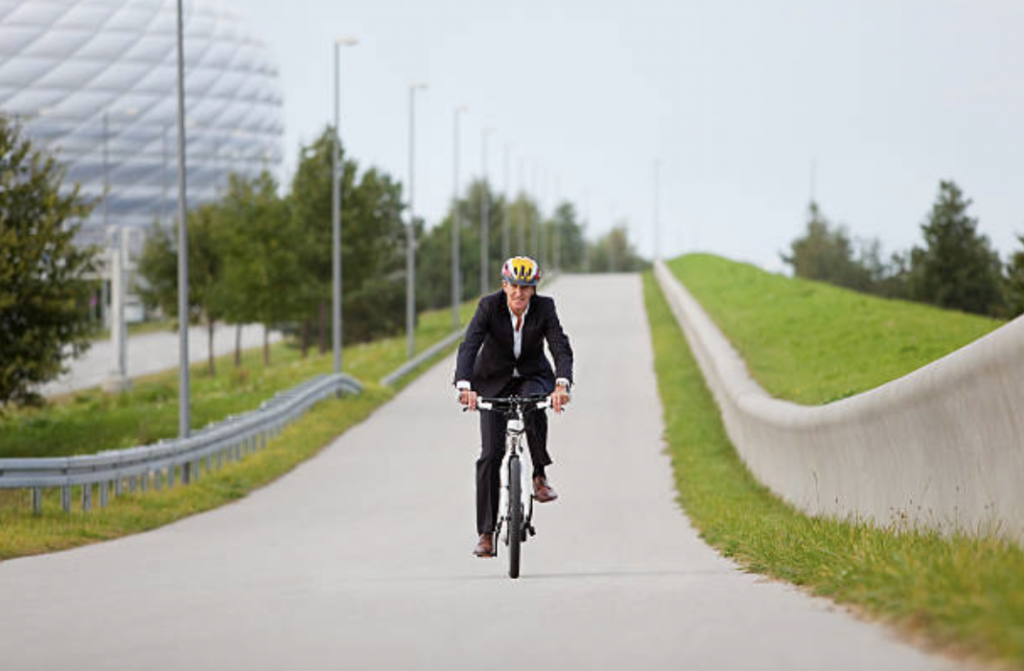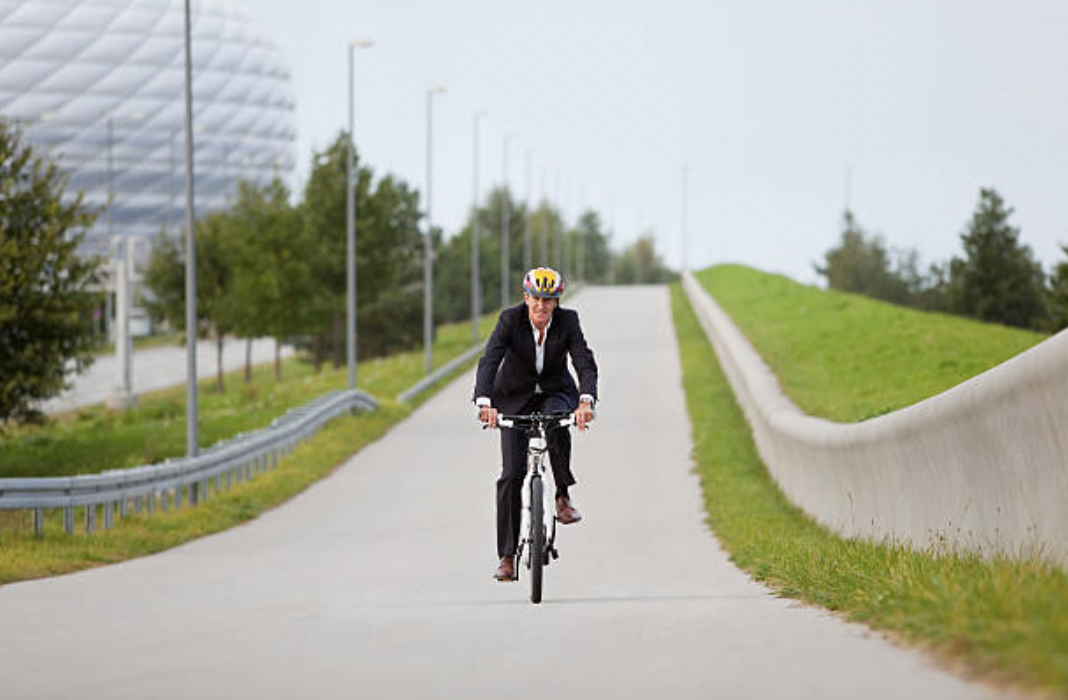
Protected bike lanes have been a transformative addition to many cities, making streets safer, more efficient, and accessible for all types of road users. Yet, despite the many benefits, misconceptions still abound. Let’s tackle some of the most common complaints about protected bike lanes and set the record straight.
Complaint 1: “Protected bike lanes are too expensive, and the money is wasted.”
The Truth: Bike lanes are a cost-effective investment in public infrastructure.
It’s easy to label any infrastructure as expensive without considering the return on investment. When it comes to protected bike lanes, the cost is relatively low compared to other transportation infrastructure, and the benefits are substantial. Here’s why the expense is justified:
- Lower Construction Costs: Building protected bike lanes is far cheaper than constructing or expanding roads for cars or creating new public transit systems.
- Reduced Maintenance Costs: Bikes cause far less wear and tear on roads compared to cars and heavy vehicles, leading to long-term savings in road maintenance.
- Public Health Benefits: Encouraging cycling reduces air pollution and promotes physical activity, which leads to lower healthcare costs for cities and individuals.
- Boosting Local Economies: Cyclists tend to shop locally and frequently, injecting more money into small businesses along bike routes.
Complaint 2: “Protected bike lanes slow down emergency vehicles.”
The Truth: Bike lanes can improve emergency response times.
It’s a common myth that bike lanes impede emergency vehicles. In reality, studies show that protected bike lanes can streamline traffic, reducing congestion and freeing up space for ambulances, fire trucks, and police vehicles. Here’s how:
- Reduced Car Traffic: Bike lanes encourage more people to cycle, which can lead to fewer cars on the road.
- Clear Separation: Protected bike lanes create a predictable space for cyclists, reducing the risk of emergencies caused by collisions between cars and bikes.
- Flexibility in Emergencies: In situations where bike lanes are empty, emergency vehicles can occasionally use them as a clear path.
TRUST ME – your local police and fire departments have been consulted.
Complaint 3: “Bike lanes increase traffic congestion for cars.”
The Truth: Bike lanes reduce overall congestion.
The idea that bike lanes cause congestion overlooks the fact that they encourage a shift from car-based travel to cycling. Here’s what happens when bike lanes are added:
- Mode Shift: When cycling feels safe, more people choose it over driving, leading to fewer cars on the road.
- Efficient Space Use: Bikes take up significantly less road space than cars, making bike lanes a more efficient use of public infrastructure.
- Traffic Calming: Protected bike lanes can help calm traffic, leading to smoother, more consistent vehicle flow rather than stop-and-go congestion.
Complaint 4: “They’re a waste of money because not enough people bike.”
The Truth: Build it, and they will ride.
The “if you build it, they will come” phenomenon is real when it comes to cycling infrastructure. Cities that invest in protected bike lanes often see a dramatic increase in the number of people cycling. Examples include:
- Seville, Spain: The city built 80 km of protected bike lanes and saw cycling increase from 0.5% to 7% of all trips in just a few years.
- Vancouver, Canada: Protected bike lanes led to a 32% increase in bike trips within one year of installation.
Not only do bike lanes encourage more cycling, but they also bring a host of economic benefits. Cyclists are more likely to shop locally, and the cost of maintaining bike lanes is far lower than repairing car-dominated roads.
Complaint 5: “Protected bike lanes are unsafe for pedestrians.”
The Truth: Bike lanes improve pedestrian safety.
Far from being a hazard, protected bike lanes make streets safer for pedestrians:
- Clear Boundaries: With separate spaces for cars, bikes, and pedestrians, everyone knows where they belong, reducing conflicts.
- Traffic Calming Effect: Protected bike lanes often come with reduced speed limits and traffic calming measures, which make crossing streets safer.
- Fewer Sidewalk Riders: When cyclists have a safe space on the road, they’re less likely to ride on sidewalks, benefiting pedestrians.
Complaint 6: “They take up too much space.”
The Truth: Bike lanes are a smart use of limited road space.
While it’s true that bike lanes require reallocating road space, the benefits far outweigh the costs. Here’s why:
- More Efficient Travel: A single bike lane can move many more people per square meter than a car lane.
- Compact Vehicles: Bikes require less space to park and travel, making them a more space-efficient mode of transportation.
- Enhanced Livability: Streets with protected bike lanes often feel safer and more inviting, which boosts property values and attracts foot traffic to local businesses.
Conclusion: Protected Bike Lanes Benefit Everyone
Protected bike lanes aren’t just for cyclists—they’re a win for everyone on the road. They reduce traffic congestion, improve safety, and even make emergency response more efficient. As cities around the world embrace these lanes, the evidence is clear: the benefits far outweigh the perceived drawbacks.
It’s time to shift the conversation from myths to facts and embrace the future of sustainable, safe transportation. Whether you drive, bike, or walk, protected bike lanes are working for you.
